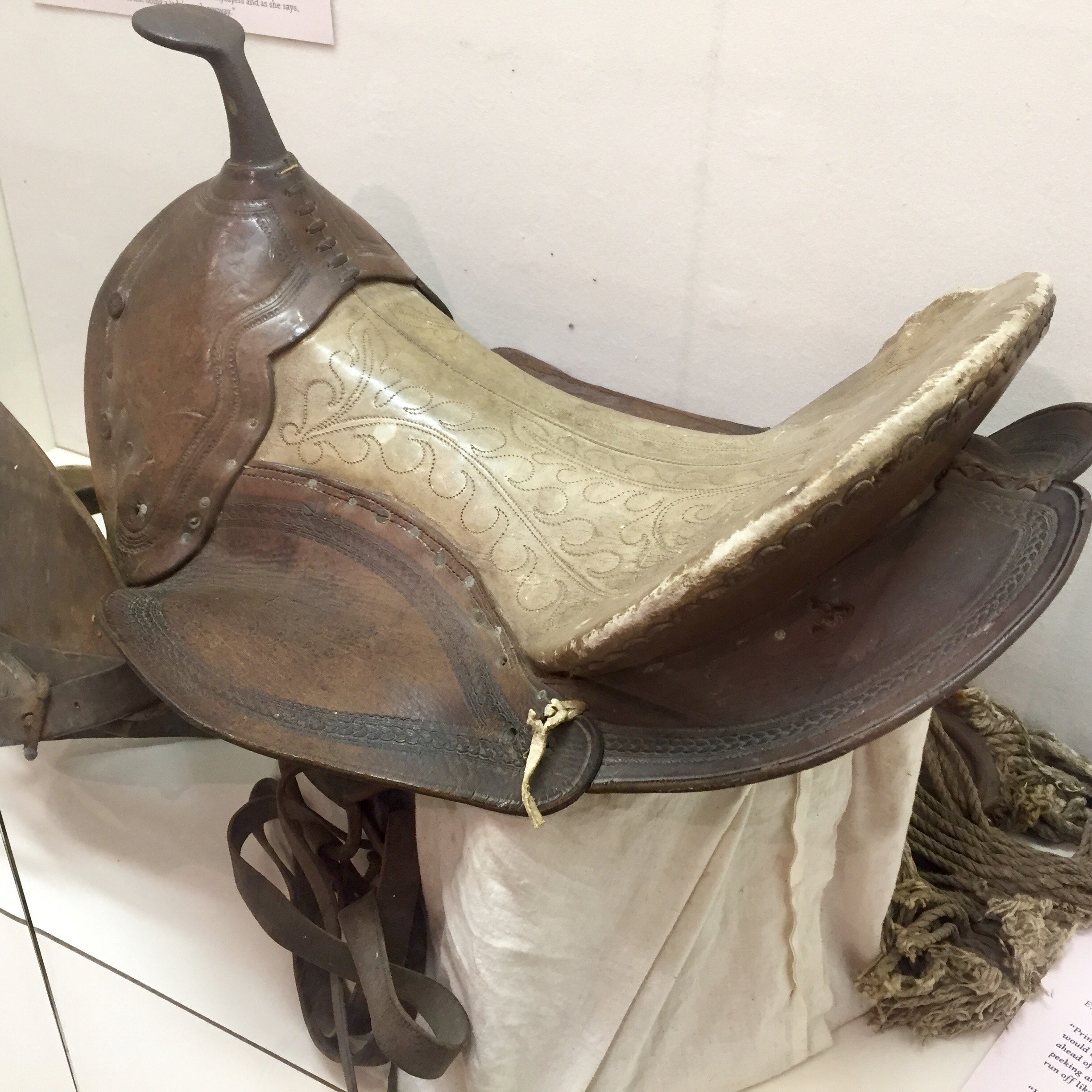
Experience Our Current
EXHIBITS
Our exhibits are designed to entertain the history buff, natural scientist, artist, and lover of all things Cannon Beach. We have two rotating exhibits (one a quilt/fabric arts/arts showcase), and several permanent features of the museum.
Upcoming Temporary Classroom Exhibit: COMING SOON!
Don’t miss the opening of our 60 Years of the Sandcastle Contest opening in March 2024!
Current Temporary Exhibit:
From the Vault Exhibit
The Cannon Beach History Center & Museum is home to thousands of artifacts, each with their own unique history. From the Vault showcases nearly twenty different objects and photographs from the depths of the Museum’s archives. These artifacts have been explicitly chosen for their uniqueness and pertinence to the history of Cannon Beach. Visitors will discover the stories behind these unseen treasures. One of the iconic artifacts featured is the saddle used by Mary Gerritse while riding her horse Prince to deliver the mail along the coastline. The saddle is accompanied by entries from her journal sharing her harrowing story of nearly falling from a cliff side, to coming face to face with both a mountain lion and a bear, at different times. Gerritse took over the mail route when her husband was unable. She acted as the area’s mail carrier from 1897 until 1902.

The exhibit will also feature recently donated items from local businesses from way back when, and well as donated images taken by Frank Woodfield.
Discover tidbits of Cannon Beach history that you won’t find anywhere else! On display now through December of 2016.
Native American Longhouse

The Native American Longhouse is a hands-on exhibit for visitors of all ages. Children are invited to touch the cedar-bark cape, bowls, and skins furnishing the exhibit, and to use the space to pretend with our toys. The exhibit was designed in cooperation with the Clatsop-Nehalem Confederated Tribes, and the longhouse is furnished with replica artifacts crafted by Native American artisans around the Northwest.
Native American villages of the Northwest Coast consisted of several of these longhouses, which were built in clearings between forest and tidewater. Each longhouse served as a home, workshop, and ceremonial space and housed an entire extended family, with 20 or more people sometimes living in a single home.
The Cannon Beach History Center & Museum’s longhouse exhibit shows a small-scale longhouse’s interior, typical of a small home or a seasonal fishing hut. Today, Natives living on the Oregon Coast live in European style homes, but often still use longhouses for festivals and celebrations of their traditional ways.
Permanent Interpretive Exhibit
The permanent exhibit, Cannon Beach: A Place by the Sea was based on the book of the same name authored by Terence O’Donnell. The exhibit is rich in visual material, telling the story about what attracted people to Cannon Beach throughout time. Drawing from the archives of CBHCM, photos reveal the town’s past and the arduous journey it was to get here.
The story of the Tillamook Indians, Lewis and Clark, Tillamook Rock Lighthouse, historic hotels and buildings, recreation, the Great Depression, World War II, and Cannon Beach today are all told through this interactive exhibit, which is also translated in Spanish.
The interactive children’s exhibit features tide pool life, and children will love learning more about sea stars, coastal forests, and bird life on the Coast!
All in all, the view from Tillamook Head, the rising sentinels of Haystack Rock and the Needles, and the seven miles of “singing sands” and sparkling surf are like magnets drawing people back year after year to Cannon Beach, a special “place by the sea.”
Spanish Audio Translation of Permanent Exhibit
Visitors to the museum can hear the text of the permanent exhibit read in Spanish, on hear-sets located at each major display panel around the museum. Financial support for the Cannon Beach History Center’s Audio Spanish Translation Project was provided by the Bloomfield Family Foundation, Oregon Council for the Humanities, and the City of Cannon Beach. Several Cannon Beach volunteers also contributed translation, recording, and installation services.
The Cannon
The Cannon Beach History Center and Museum is home to the original Cannon Beach cannon. This artifact has always been a subject of interest. Also learn more about recent findings of two more cannons on an Arch Cape beach.
